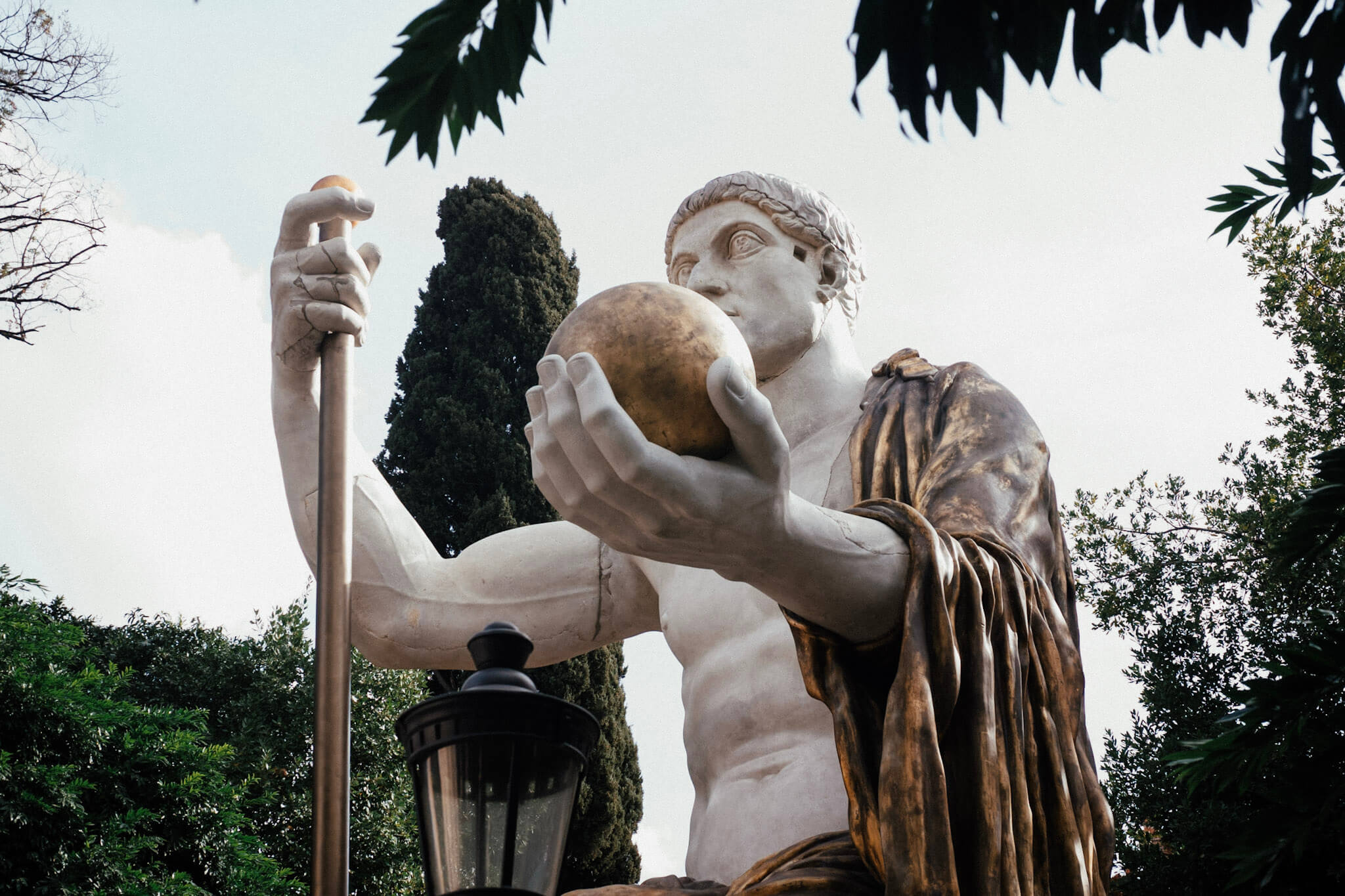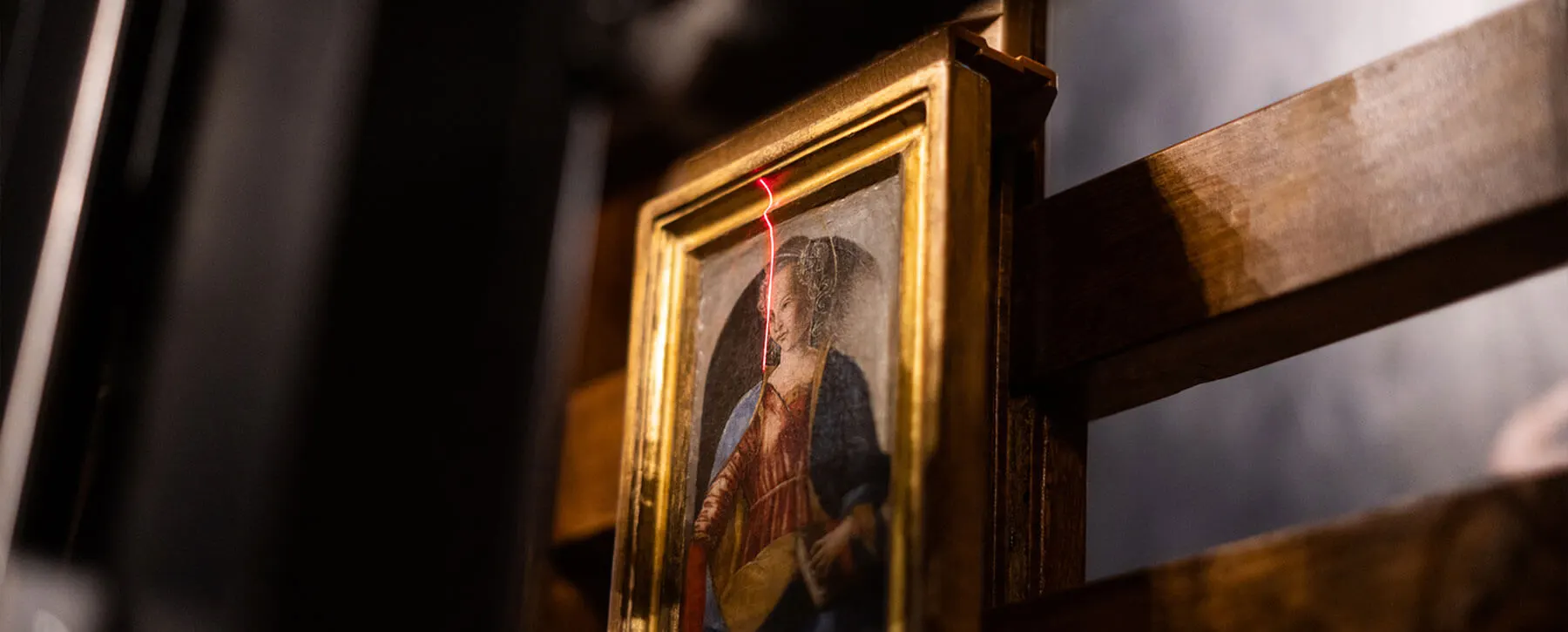
Save the Date: Oulu Innovative Playground
Thursday, April 11th
Oulu Innovative Playground is an event dedicated to sharing experiences and exploring new possibilities in the post-industrial landscape. Esteemed speakers will present their projects, aiming to discover innovative solutions for positive change through the integration of new technologies, policies, and citizen participation.
The focal point of this event is to connect these experiences with the ongoing development of the socially challenging Meri-Toppila neighbourhood in Oulu, Finland. At the heart of this development lies the Aaltosiilo project: a once-abandoned architectural landmark designed by Alvar Aalto, currently undergoing renovation by the Factum Foundation and Skene Catling de la Peña Studio. It is set to be transformed into a multipurpose building, serving as the future centrepiece of an urban village. Following the speeches, there will be discussions on how these shared experiences can contribute to the development of Meri-Toppila and explore potential applications for the Aaltosiilo renovation.
Speakers:
- Mikko Hauru, Hauru Oy
- Elina Yli-Luukko and Kasper Karjalainen, Arctic Construction Cluster and Circular Economy Cluster
- Pave Mikkonen, PAVE Arkkitehdit Oy
- Janne Pihlajaniemi, University of Oulu Architecture School
- Joonatan Hamari, The Nook Project
- Johannes Helama, Oulu Future City Center
- Jouni Rissanen, Keko Geopolymeerit Oy
Moderator: Petri Sirviö, Business Oulu
Join us for coffee at 13:30. Your presence is warmly welcomed!
This event is produced in collaboration with Aaltosiilo Ry/Factum Foundation, The Culture Department of the City of Oulu, and Business Oulu.
Secure your spot by registering before April 9th: register here or follow the live stream here
















